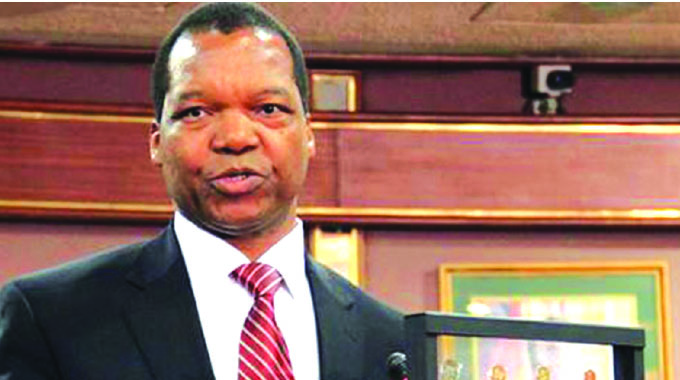Editorial Comment: RBZ’s auction success deserves credit

The foreign exchange auction system has now reached a high level of stability with the rate slipping just 0.43 percent between last week and this week and the top bid just over 10 percent higher than the lowest.
The system has not only established a price for the US dollar used in trade, but it has also opened the foreign currency lifeline to Zimbabwe’s productive sectors, especially the manufacturing sector, since businesses can now buy foreign currency for imports of moderate to high priority with little fuss, and with increasing stability, at close to a price they can predict in advance.
The Reserve Bank of Zimbabwe can take a lot of credit for this, as can the Government for the support it has given the RBZ and, far more importantly, for keeping to its budgets, living within its means and closing down the printing press.
That fiscal discipline was a critical component and underpins the Reserve Bank’s move to create monetary stability. The depths of the pent-up pressures were far greater than most of us ever expected, but the volcano has now blown, and we are all still here, and can now look forward with confidence.
The Reserve Bank can take more credit than it is claiming for the success of the auction system, since it has been careful not to take credit for the effective signals it gave the market as the auction system moved forward.
Starting with the first auction. Bids ranged from $25.50 to $100. This told us nothing except what everyone already knew, that the auction rate would be above the old fixed rate and below the prevailing black market rate at that time.
Two signals were given. The obvious one was information, with Governor Dr John Mangudya and members of his monetary policy committee telling the public, and so the markets, that the bids had not been evenly spread across this range, but had clustered in a very broad band, about $20 each side of the eventual weighted average, with a small scattering above and below this broad, but recognised bulge.
That told us that this voyage of price discovery had a good chance of making a landfall and that market forces could work.
The second initial signal was more subtle. Gross overbidding would be solved by market forces. Even the most desperate category 2 importer with a near monopoly in their market and a determined belief that divine guidance was given to the black market was not going to be happy about paying 80 percent above the going rate for foreign currency.
It was the gross under-bidders who needed to be challenged. And here we can now assume the RBZ was ready to make the necessary signal that, despite rumours, it was not going to manipulate the auctions to produce an artificially low rate.
And that signal was a slight squeezing of the amount of US dollars available, so telling the gross under-bidders that they were going without, and telling another group that had bid seriously low that they were not going to get all they wanted.
That signal was the opposite of manipulation, being a signal that there was not going to be manipulation. The result was an auction rate that was slightly higher than it would have been if all bids were successful, but considering the small number of bids below the bulge, not much higher. Such signalling is, incidentally, allowed in markets.
That slight squeezing of supply persisted for the next five auctions as bid gaps narrowed, market forces and common sense dealing with the overbidding and the lack of success dealing with underbidding.
By last week those shooting low were so close to the weighted average that, suddenly, everyone got their foreign currency, and this was confirmed this week, when the bottom bid was less than $3, or 3.6 percent, below the weighted average and again, and this time with no surprises, everyone won.
Although the top bid, of $88.38, was $5.46 or 6.6 percent above the average, that larger gap must mean that almost all over-average bids were far closer to the eventual average, so that the actual bidding range for almost all bids, once the top two or three are excluded, must have been very tight indeed.
This very tight range means that the voyage of price discovery, while not reaching land perhaps yet, is certainly cruising off the harbour. What we can now, probably, expect is very small weekly movements, perhaps the rate rising half a percent, dropping a quarter of a percent maybe, and people having to plot trend lines when they start making their bids the next week.
Small changes will affect prices of goods and services, but price movements will also be low. Since the full effect of the fiscal indiscipline of the First Republic has now finally reached supermarket tills, and since the Second Republic treats fiscal discipline with roughly the same fervour as a Prussian drill sergeant treated military discipline, we are now in far calmer waters.
No one really loves the result, but this is the real economy at last exposed, and, far more importantly, because it is a real economy every single advance we make is a real advance.
We are now building a real economy, anchored on bedrock, not fairy-tale castles in the clouds that will collapse on any sunny day. It is sad that we lost so much in three wasted decades, but crying will not help. We now know what we worth; it is less than we hoped, but we can now build and grow.










Comments